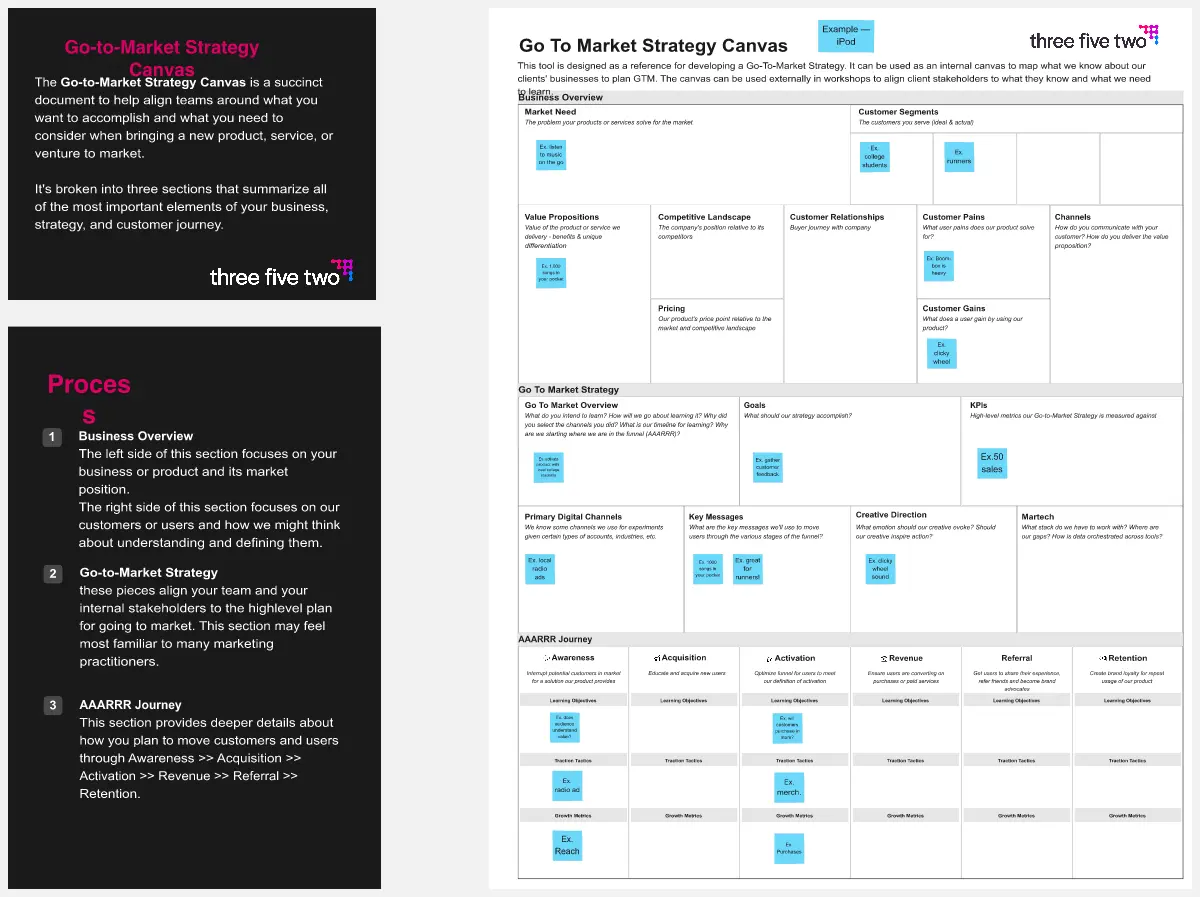All templates
Research & design templates
Our research and design templates empower collaborative design sprints, customer journeys maps, wireframes, and beyond from hypothesis to hand-off. Create a visual project hub where you aggregate and organize all that information to make sense for your project.
Sub categories
5 Whys TemplatesBrandingCanvas TemplatesCustomer Journey MapDesignDocumentationEmpathy MapFMEA Analysis TemplatesHuman-Centered DesignMarketing Brief TemplatesPersona TemplatesPosition Statement TemplatesRACI chart templatesRaid Log templatesMarket ResearchRoot Cause Analysis TemplatesService Blueprint TemplatesStoryboardUIUXPrototypeCreative Brief
Sidekicks
AI Collaborators designed with specific skills like research, planning, or diagramming.

Content Design Review
Get content design feedback on prototypes and flows.
1 likes
15 uses

UX Research
Plan studies, collect data, and uncover user insights.
3 likes
27 uses
Templates
1576 templates
Research Project Timeline
87 likes377 uses
UX Research Plan Template
1 likes55 uses
Research Topic Brainstorm Template
1 likes54 uses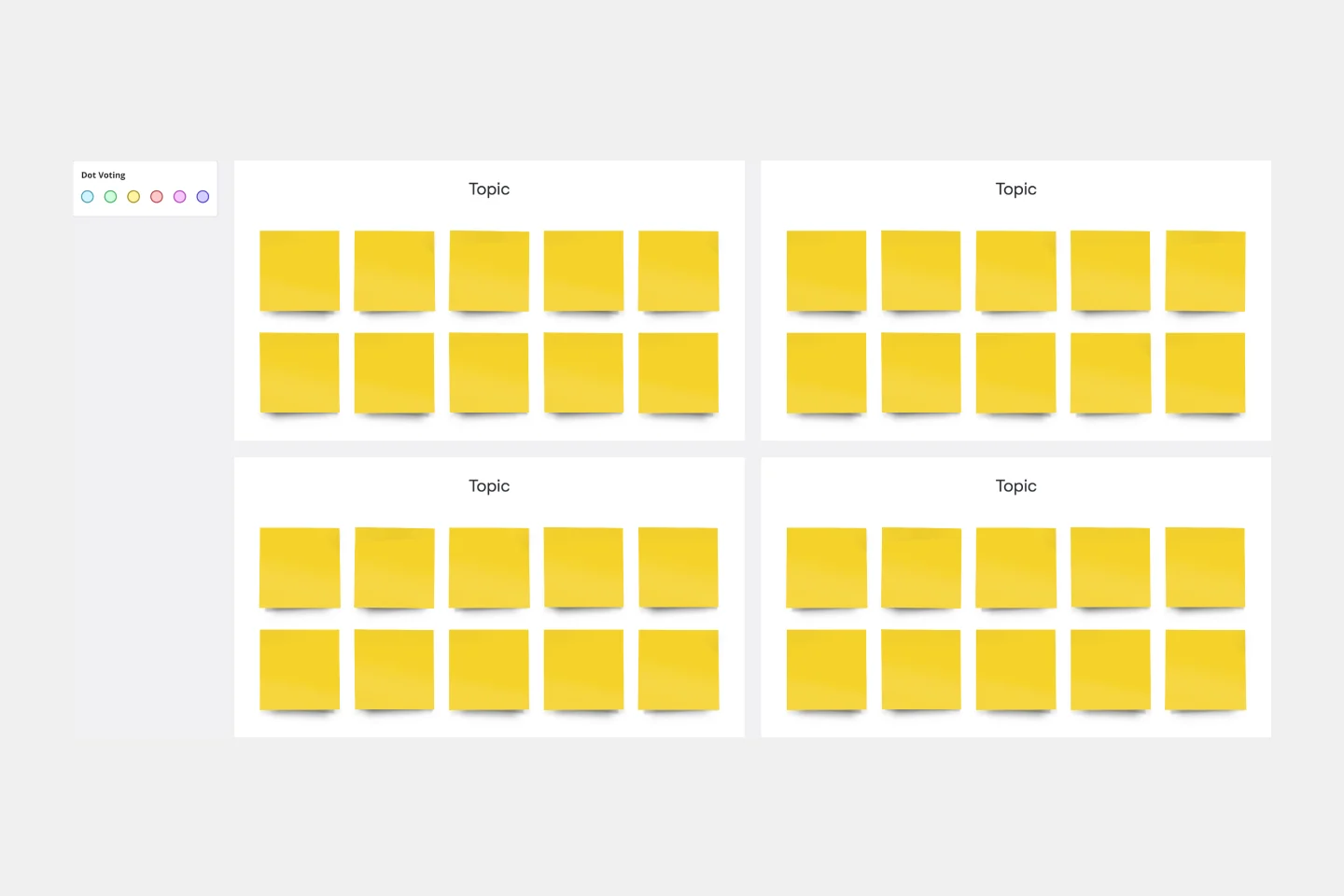
Design Research Template
0 likes11 uses
Research Template
0 likes14 uses
UX Research Repository Template
1 likes20 uses
AJ&Smart's Remote Design Sprint
847 likes11K uses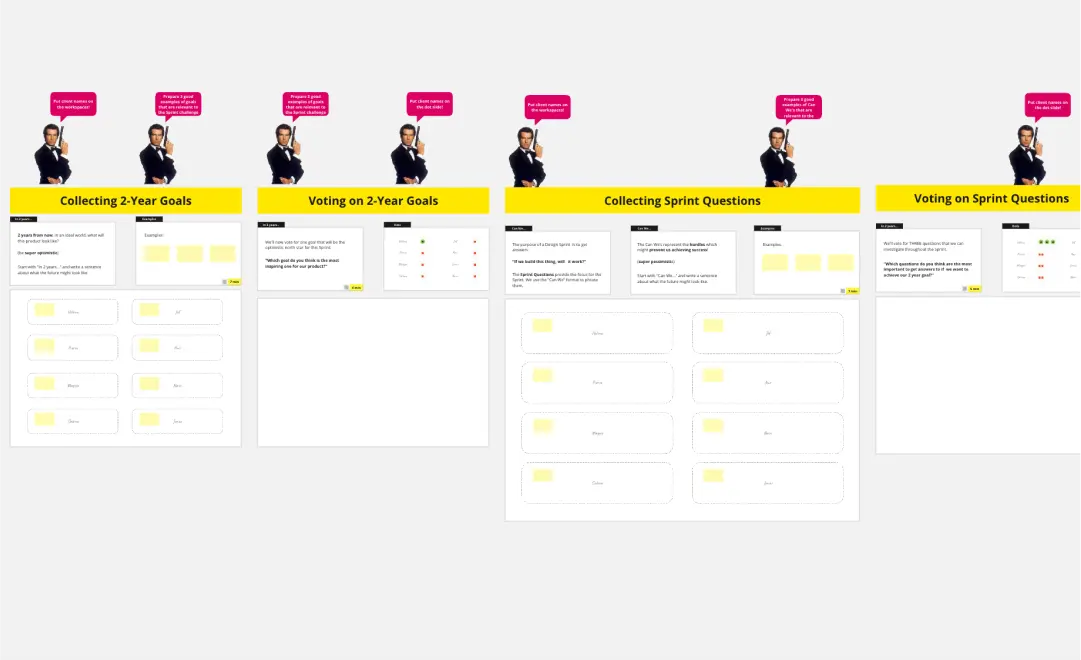
The Design Sprint by Jake Knapp
803 likes10K uses
Mountain of Tomorrow - Project Launch Canvas
1.5K likes6.8K uses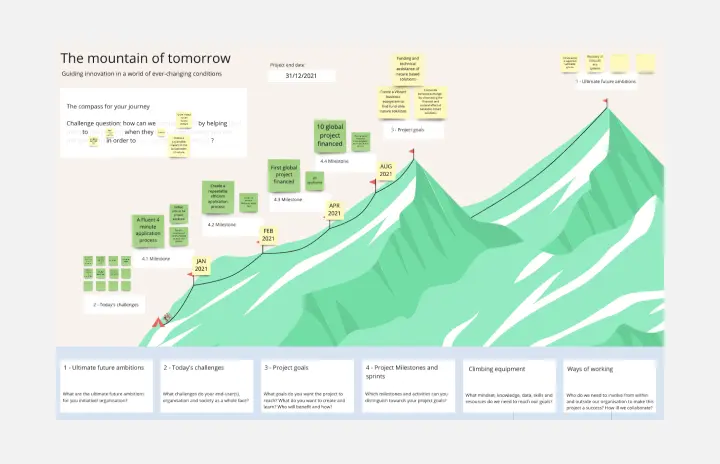
Customer Journey Map
349 likes6.8K uses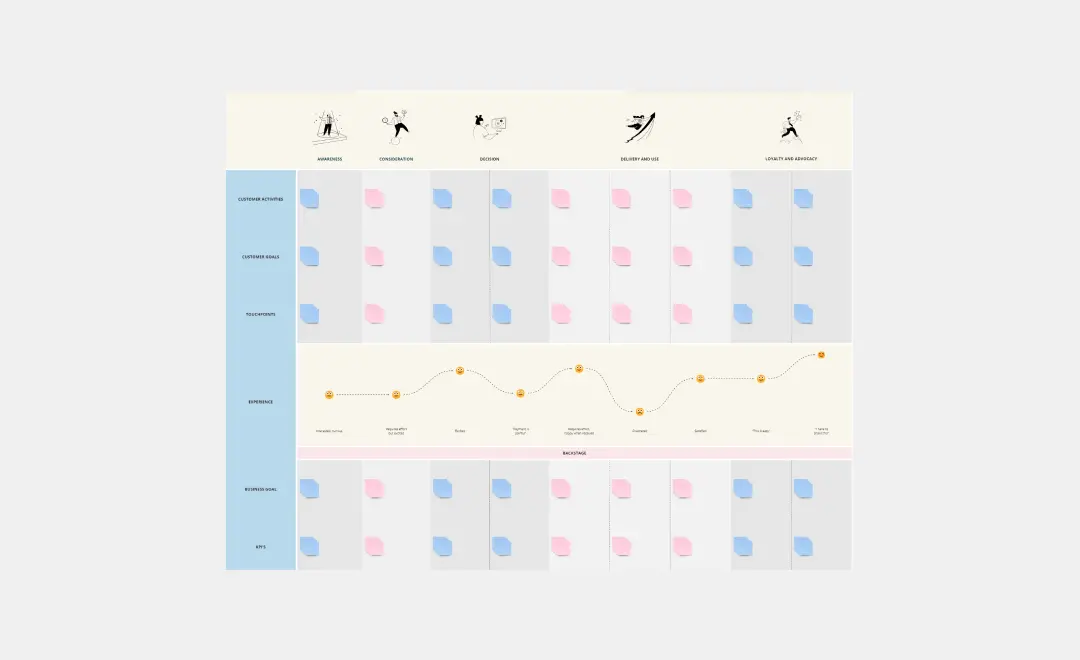
Product Discovery Ideation Session
781 likes6K uses
Customer Journey Map Example: Auchan
649 likes6K uses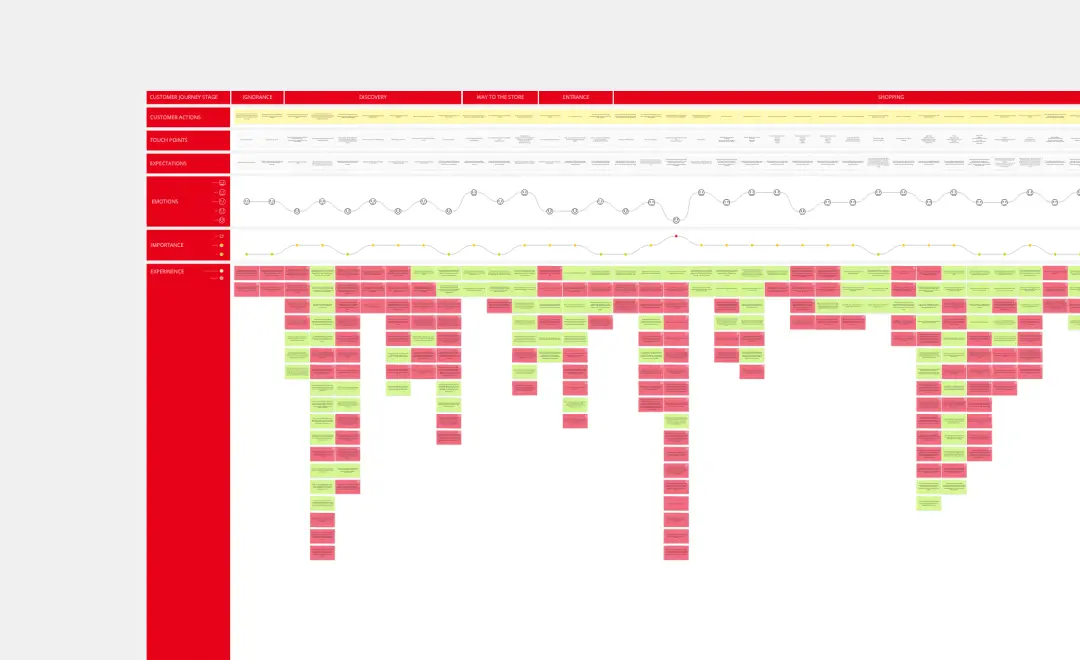
Consumer Trend Canvas
333 likes5.8K uses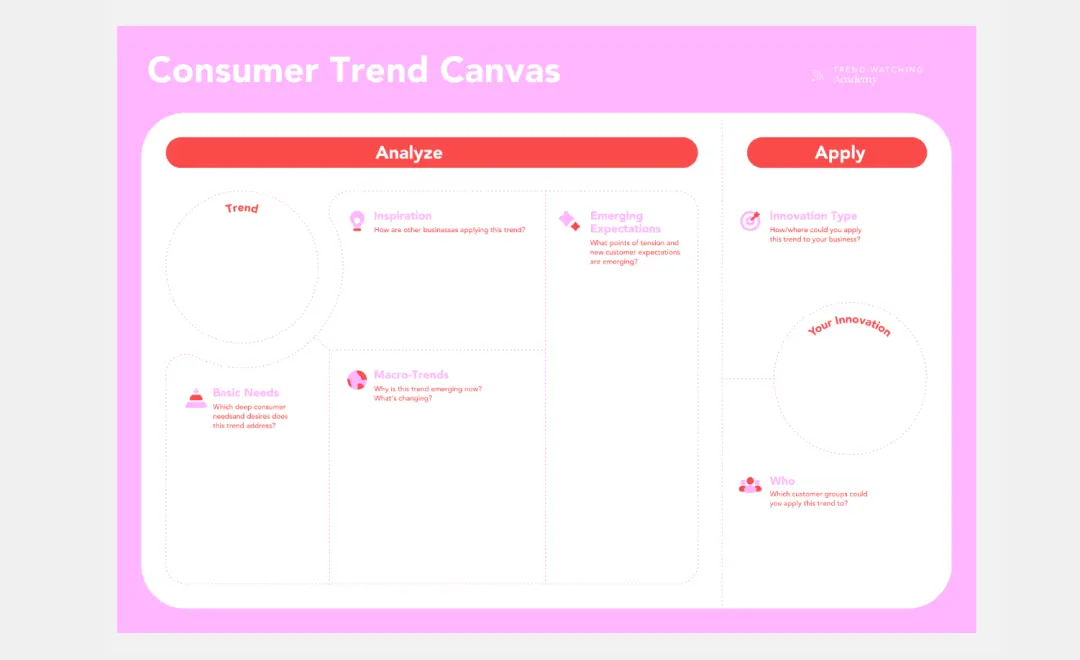
Service Blueprint to connect journey & operations
1.2K likes5.5K uses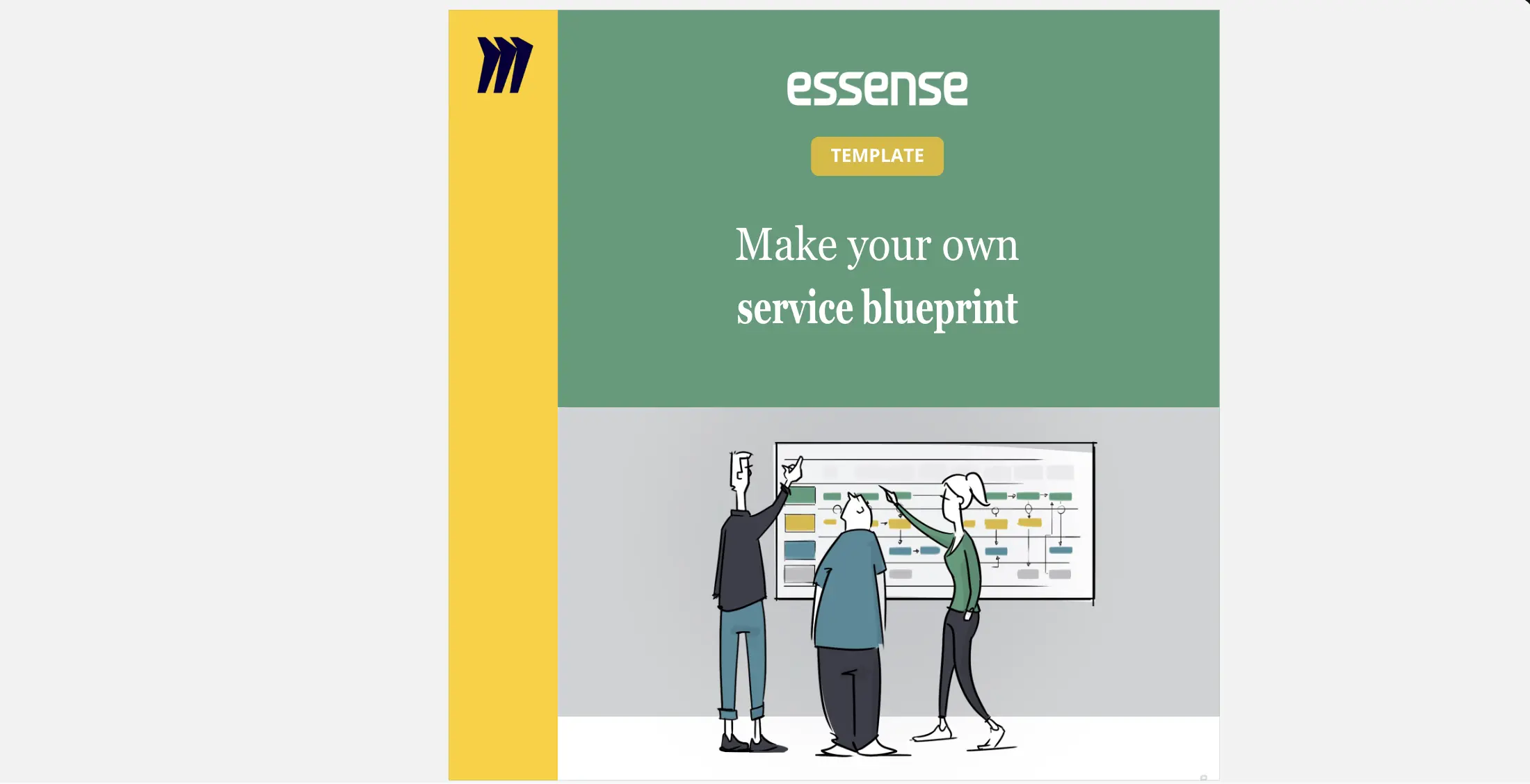
Company Vision Workshop
1.1K likes5.1K uses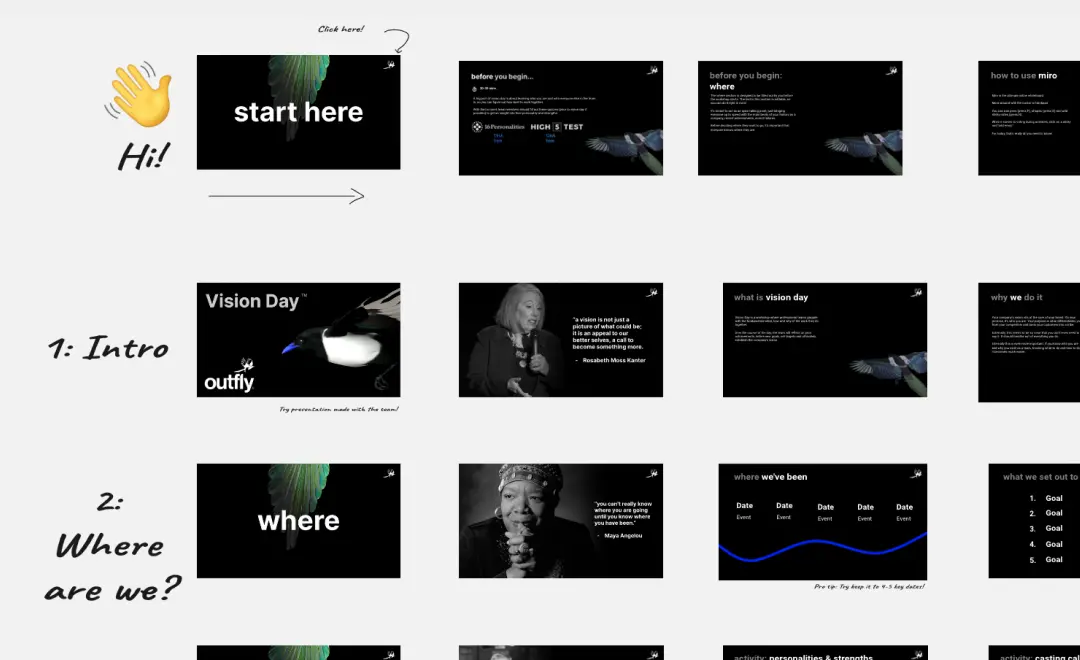
Experience Map
1K likes4.8K uses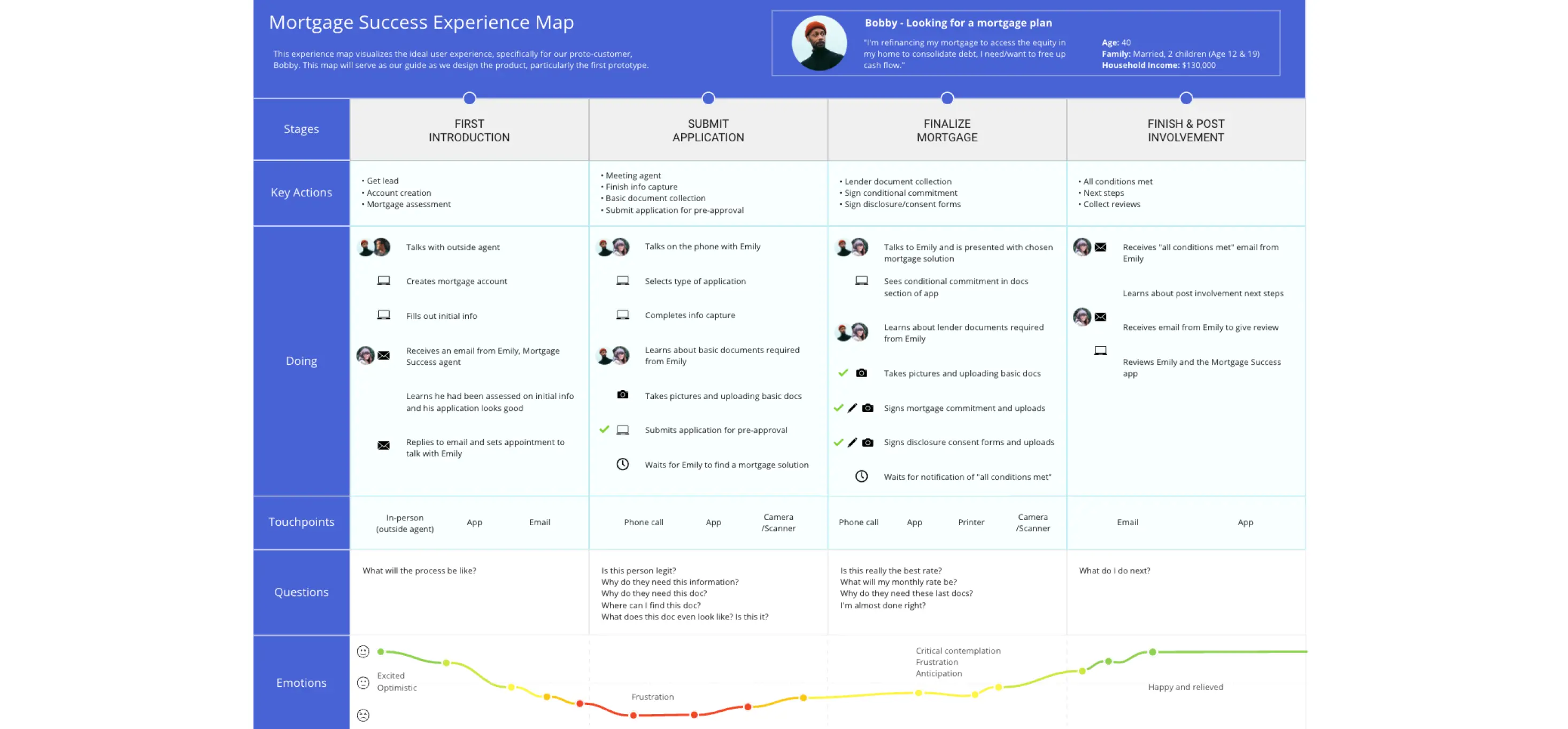
Storyboarding Toolkit
878 likes4.7K uses
Data Landscape of GenAI
483 likes4.6K uses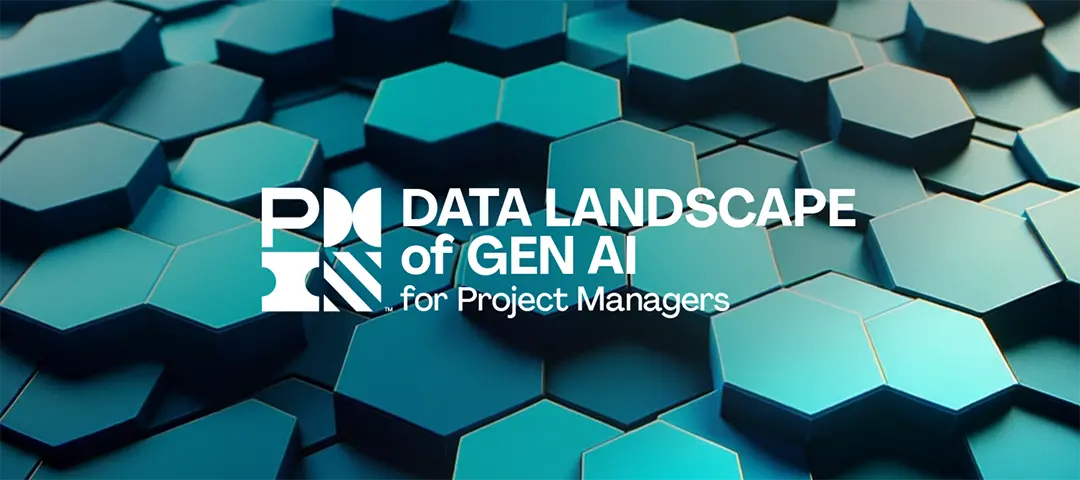
Strategic Domain-Driven Design
298 likes4.3K uses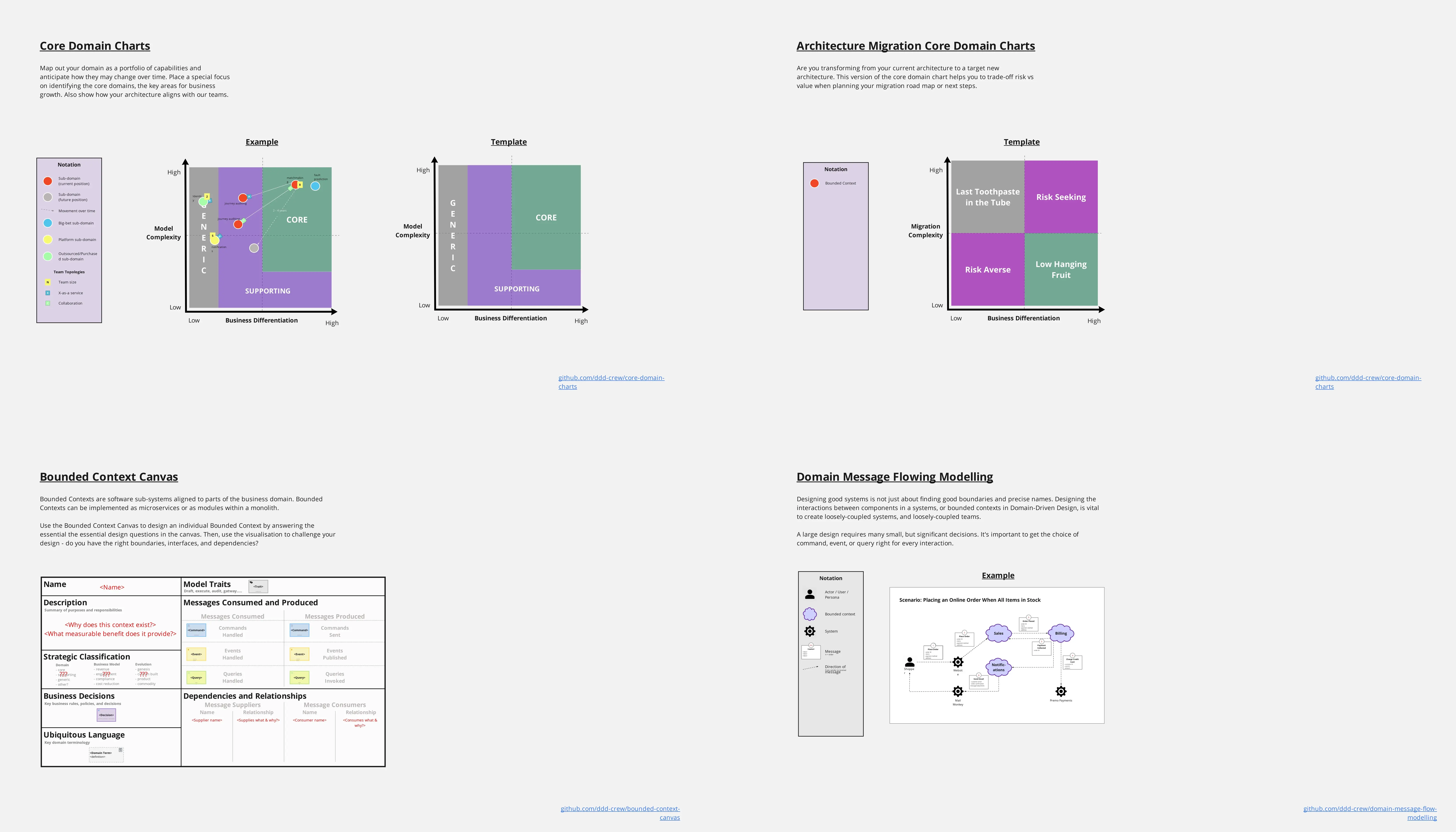
Business Model Canvas
546 likes3.8K uses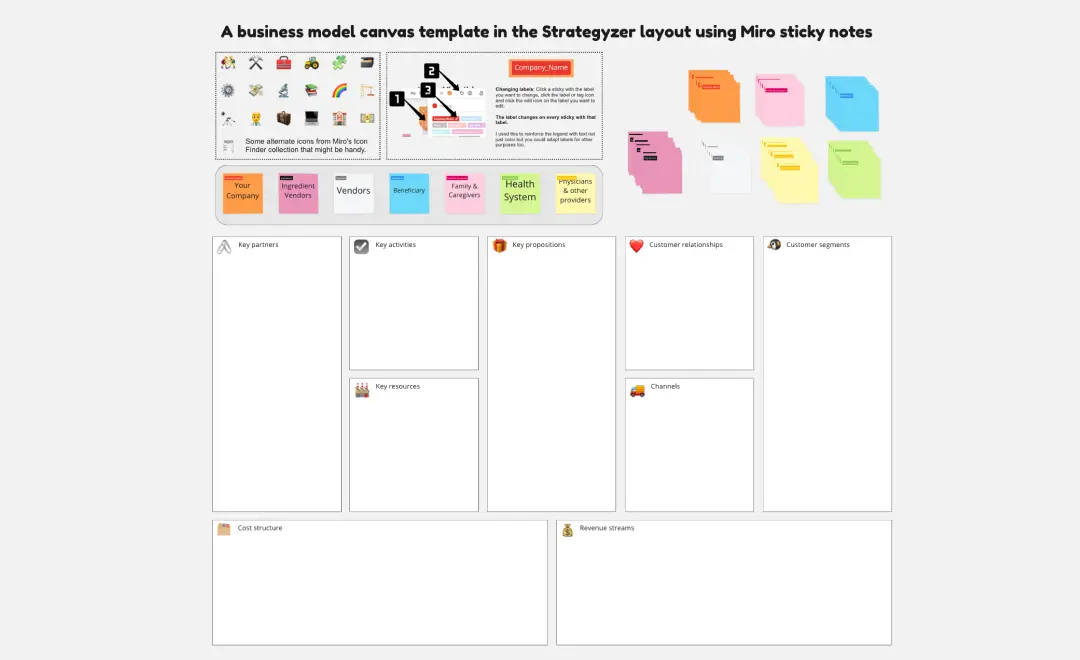
The Customer Question Board
450 likes3.8K uses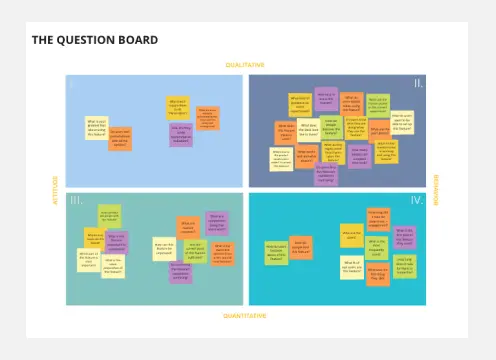
Service Blueprint Template
1K likes3.8K uses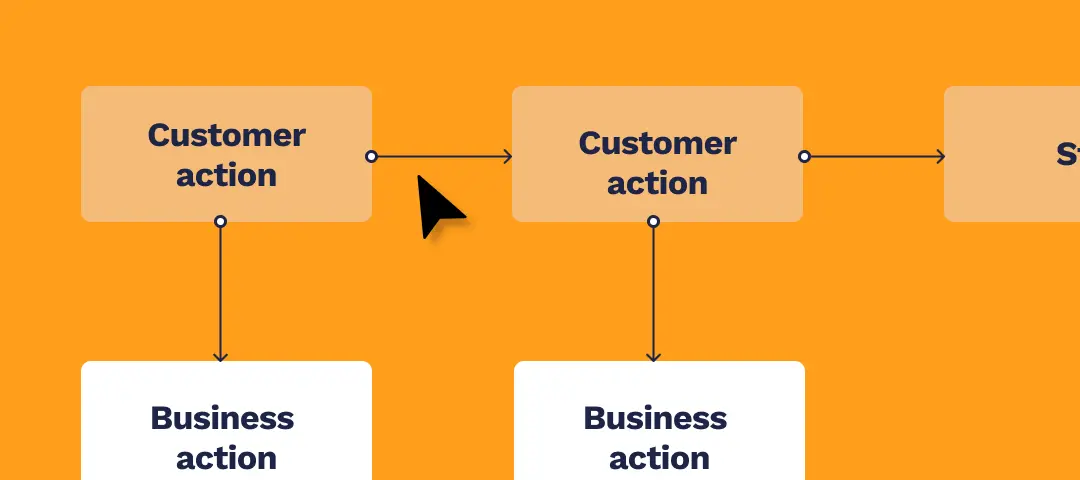
Practical Customer Journey Mapping
381 likes3.7K uses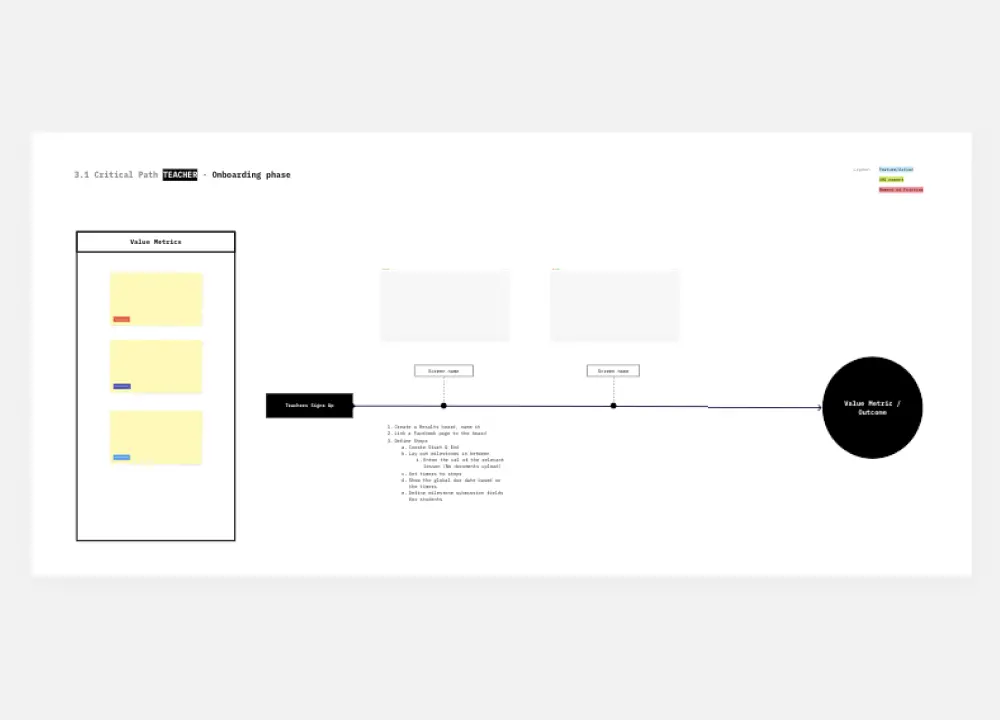
Customer Journey Map
427 likes3.7K uses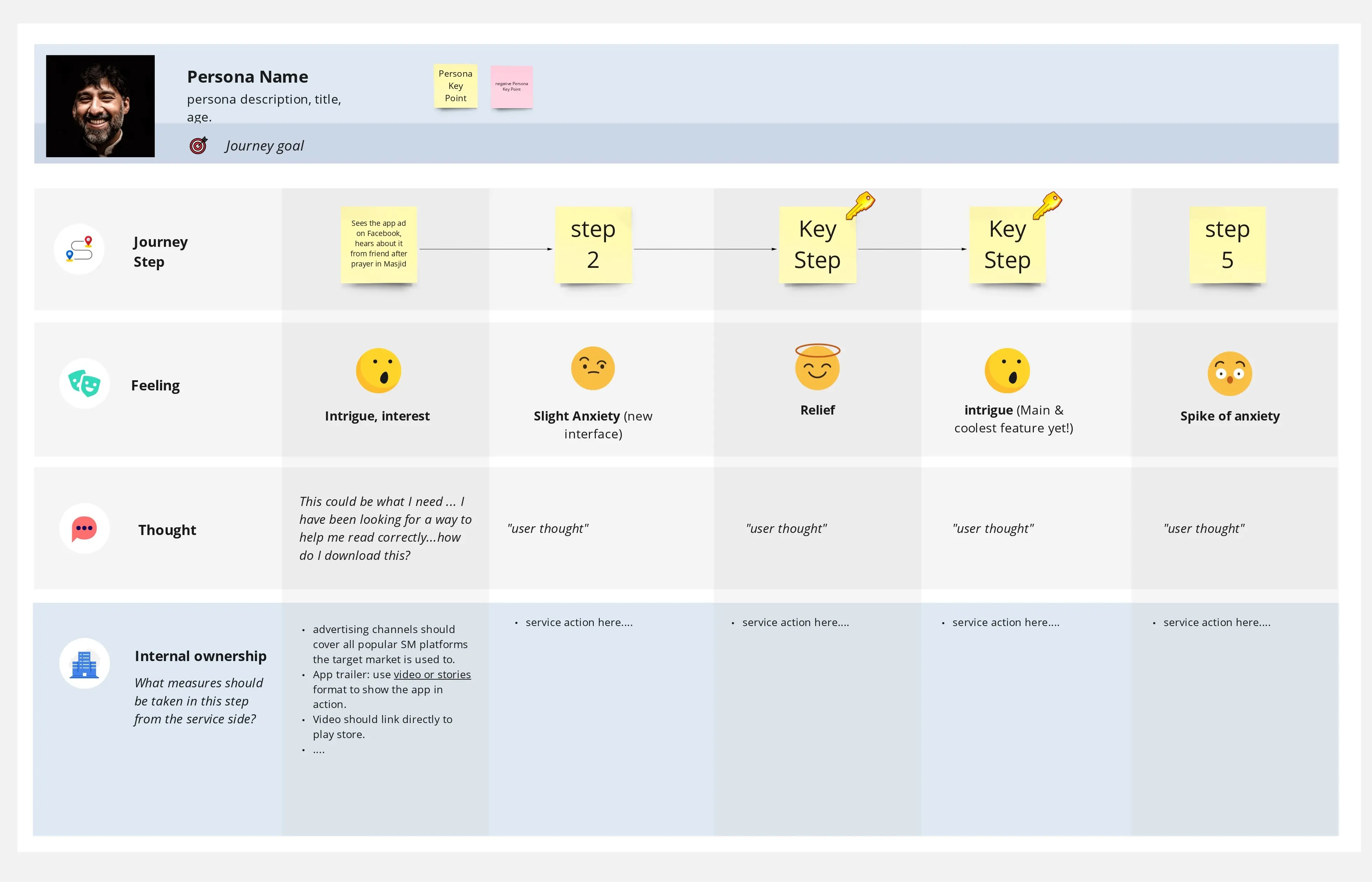
Empathy Map Canvas
220 likes3.7K uses
Journey Map To Plot the Customer Experience
811 likes3.5K uses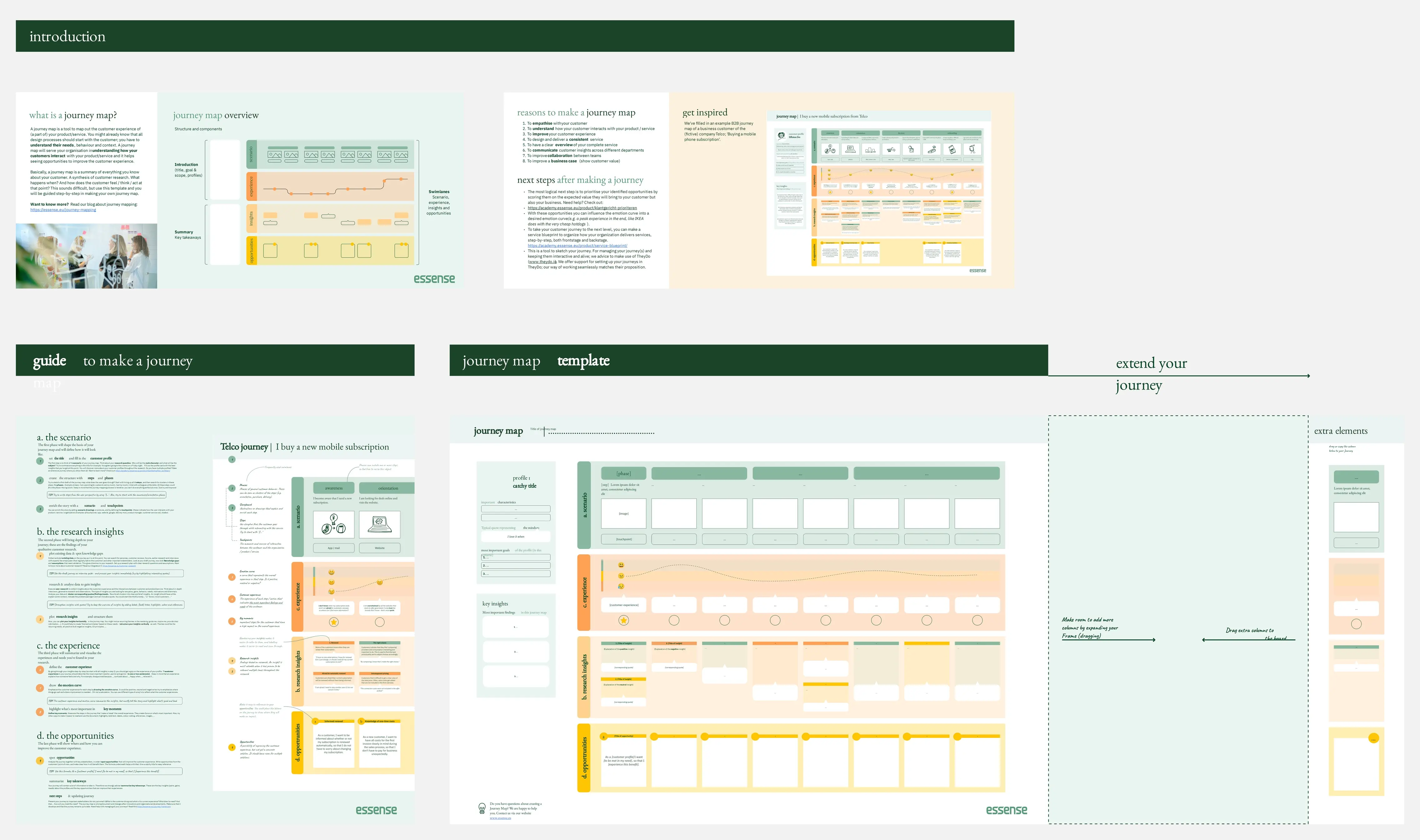
Business Model Canvas Template
39 likes3.4K uses
Personas Workshop
513 likes3.4K uses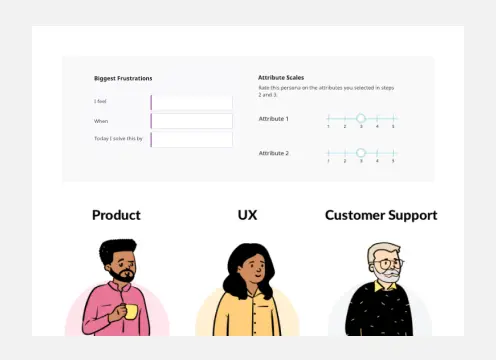
1,000+ AI Prompts & Strategy Kit
96 likes3.4K uses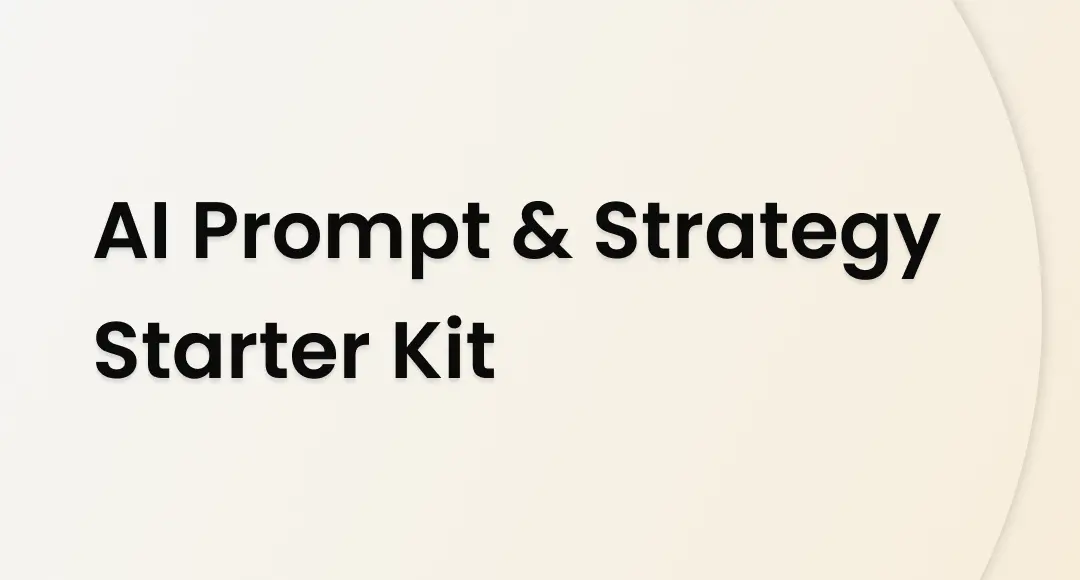
Service Blueprinting Workshop
442 likes3.4K uses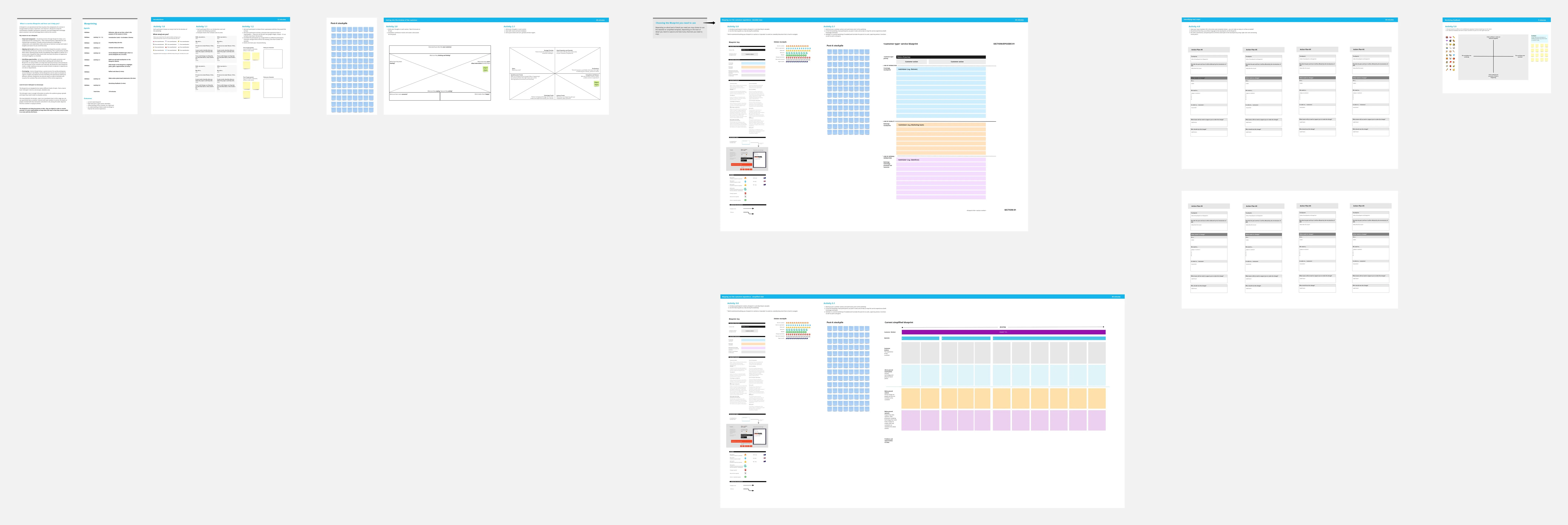
Design Thinking Board
718 likes3.3K uses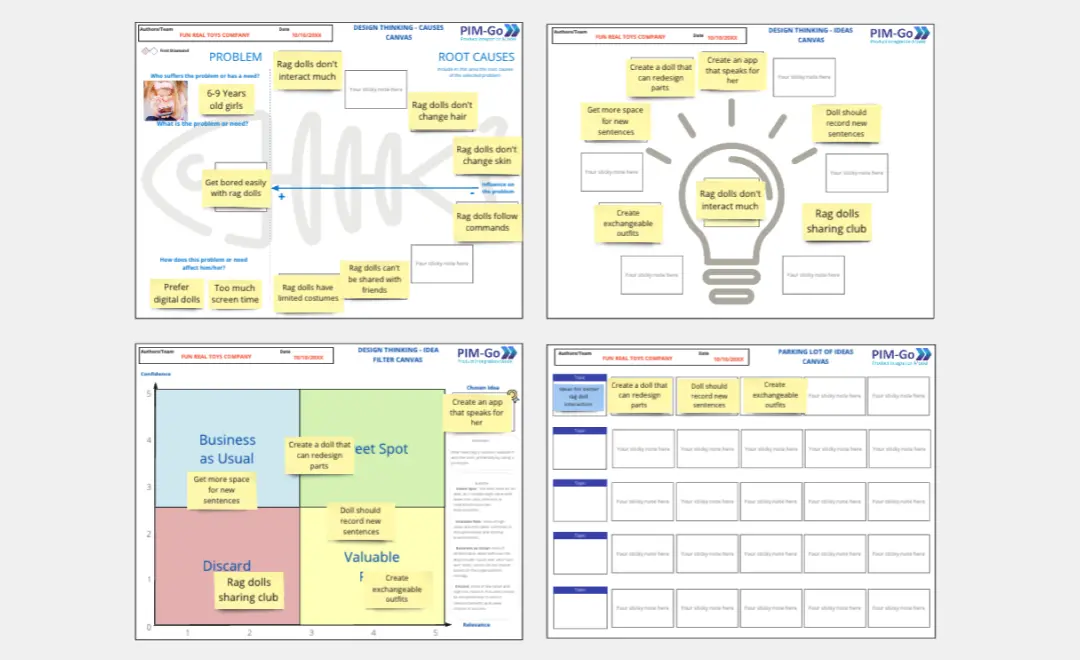
Brand Development & Refinement
793 likes3.2K uses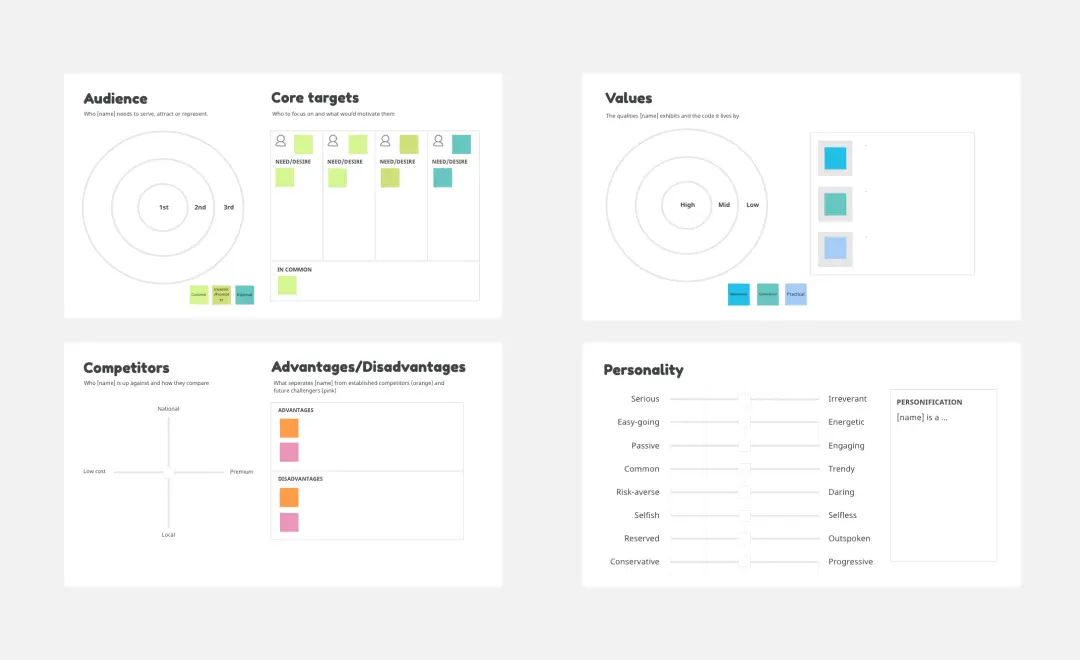
Personal Maps
296 likes3.2K uses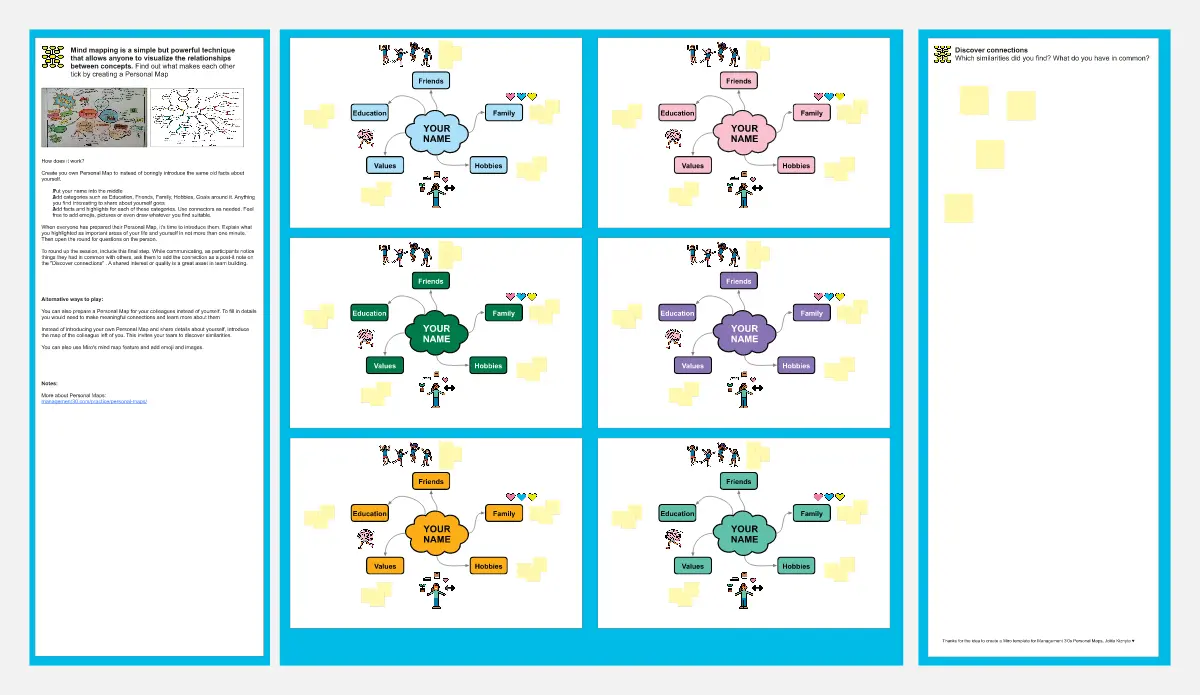
Strategy Canvas Tool
302 likes3.1K uses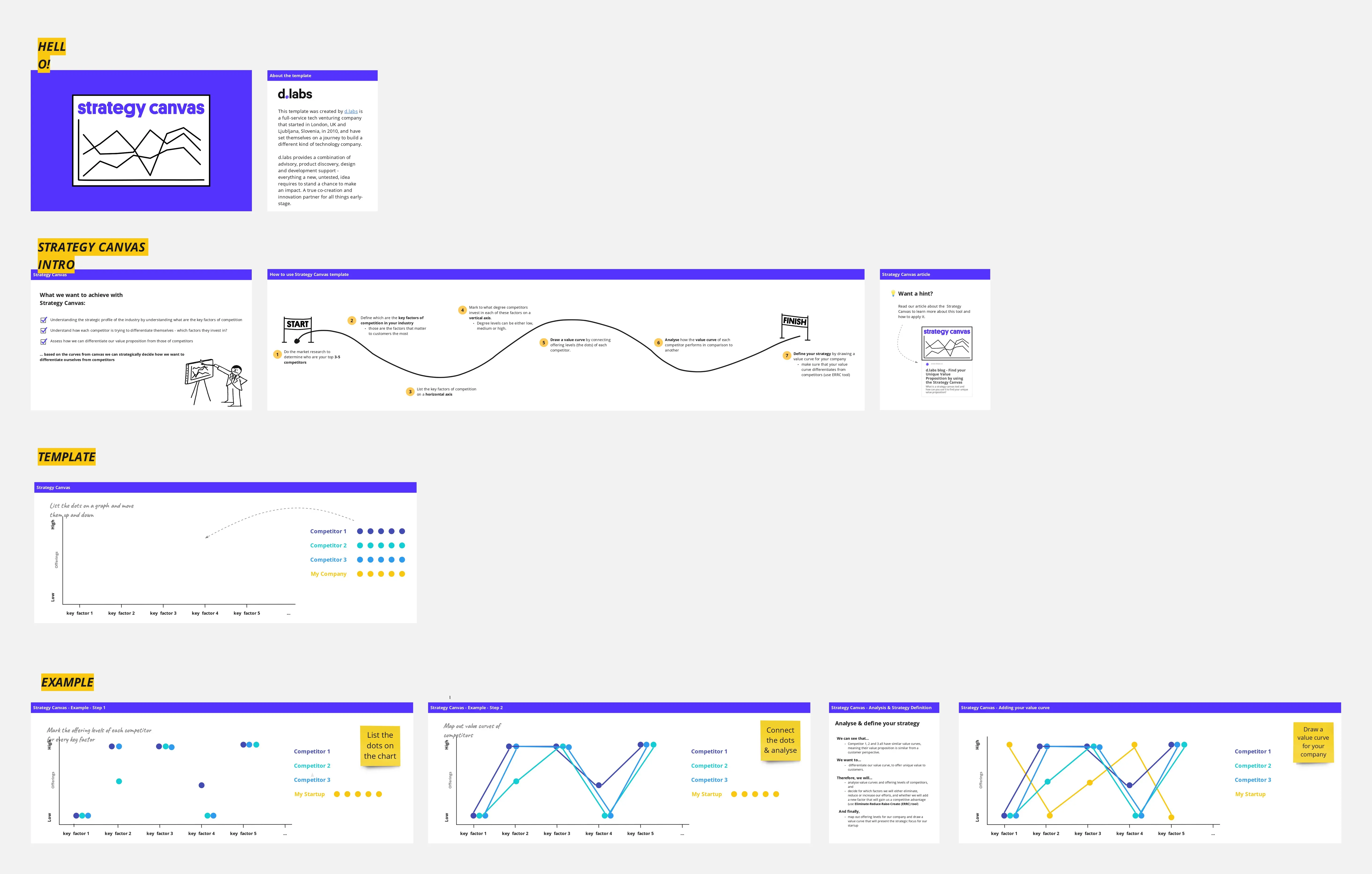
UX Career Strategizer
546 likes3.1K uses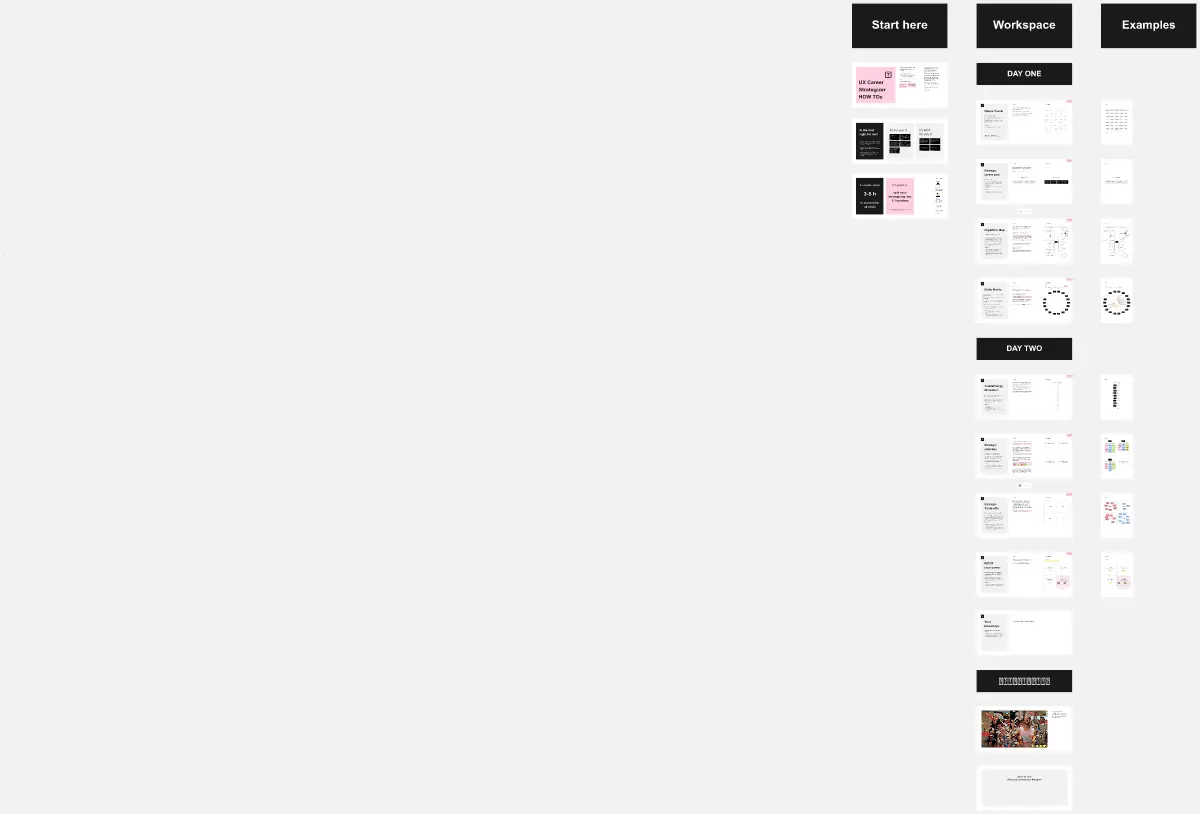
User Persona
227 likes3K uses
Heuristic Evaluation
135 likes2.9K uses
User Research Debrief & Synthesis
369 likes2.9K uses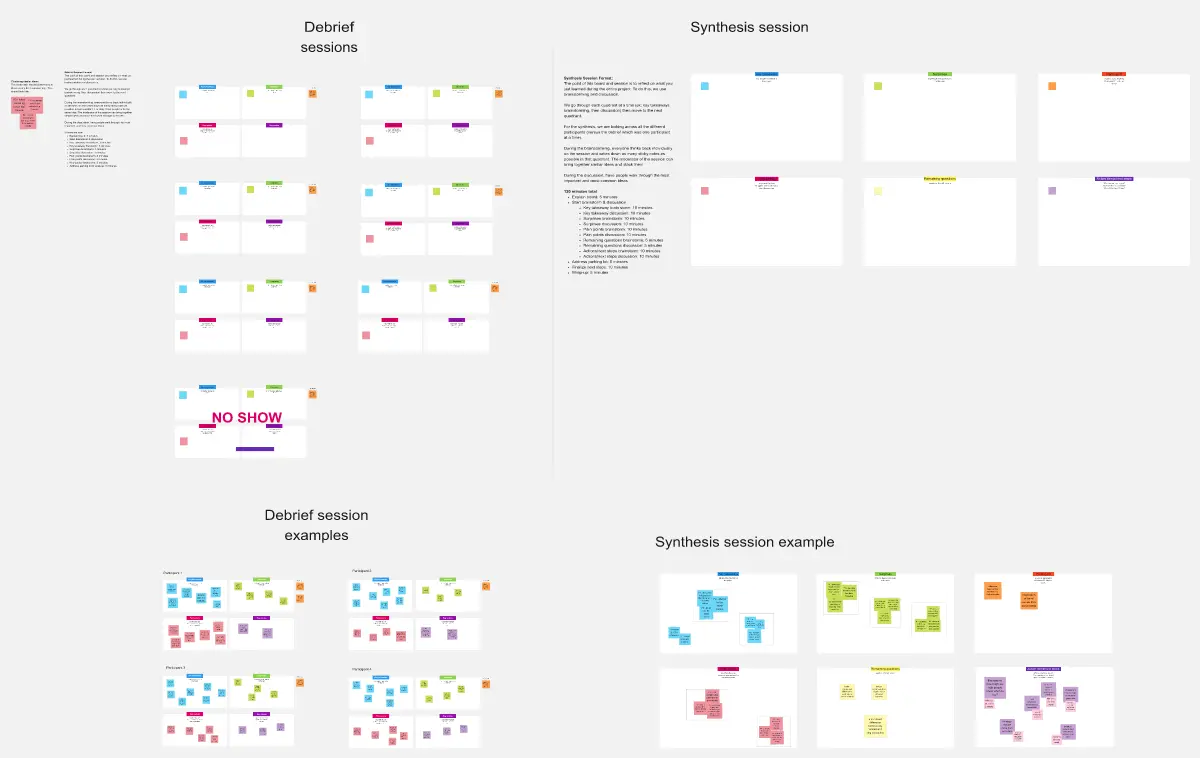
Zendesk Triple Diamond
302 likes2.9K uses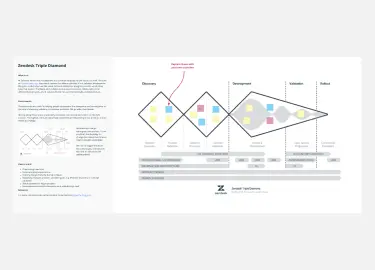
The Complete Naming Mega-Workshop
334 likes2.8K uses
Behavioral Persona
421 likes2.7K uses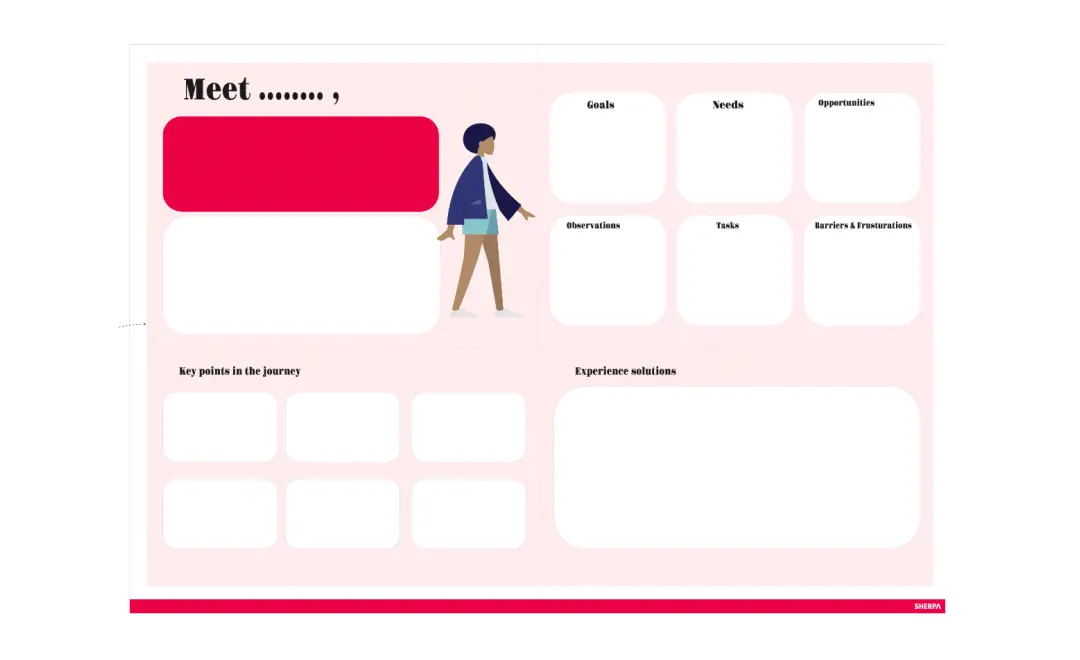
Go-to-Market Strategy Canvas
480 likes2.7K uses